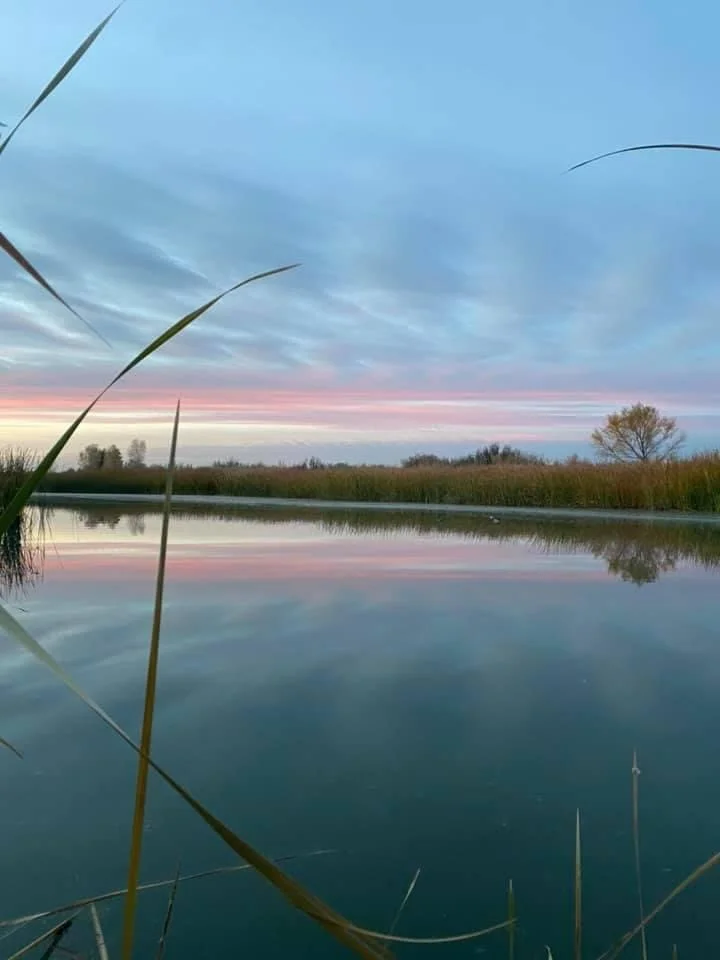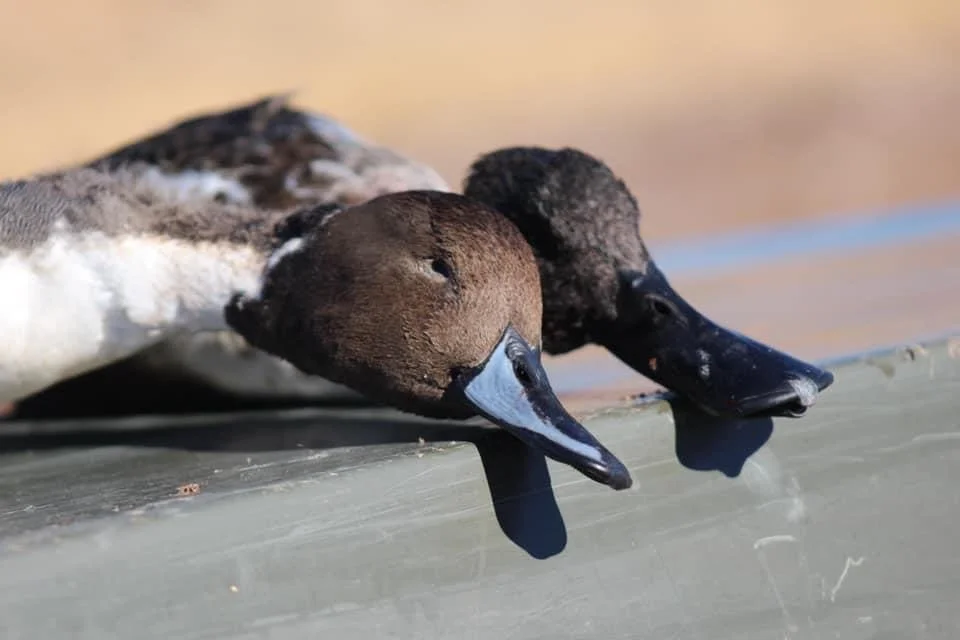Sunrise in the Sonoran
A lesson on peer pressure, desert living, and doing it your own self.
“What are you going to do for the holidays?”
I knew I had two weeks off, unpaid. I knew the duck hunting in Louisiana was poor at the moment. I had more scratches on my ledger than I had “successful” hunts. I pulled up my Facebook page to see a strap of canvasbacks, mallards, cinnamon teal, greenwing teal, and pintails posted by a guide in California earlier that day.
I sent a text message to two hunting buddies of mine.
“Think I’m going to AZ.”
I don’t remember what Caleb and Kade said, but I’m sure it was supportive. They’re always supportive of my bad ideas. That’s what makes them good hunting buddies. Three hours later, my pirogue, decoys, gun, waders and clothes were packed in the truck for a 1,600 mile trip to Cibola National Wildlife Refuge.
It wasn’t until I hit El Paso, and stopped at an Academy Sports + Outdoors to pick up another sixer of pintail decoys, that I stopped to really think about what I was doing. I had allured myself with the vision of cinnamons buzzing in over salt cedar, harvesting a perfect drake that I could put on the wall in remembrance of how I conquered the Pacific Flyway.
I spent five days in the desert of Cibola NWR, never killing more than two birds a day. Chief among them was a one-footed cinnamon teal hen that came in a group of four, of which I missed the only drake.
Yet, not once in my week-long exploration did I think to reach out for a guide. Call it ego, pride, or stubbornness, but I had zero interest in paying someone put to me on ducks. It’s ironic, then, that a guide’s post on social media is what sparked my own Manifest Destiny. But such is the influence of social media on all of its purveyors, and I was convinced.
It’s not that I believe a guided hunter is a lazy hunter, or an exceptionally green hunter. I’ve been on more than my fair share of guided duck hunts in the past. But I realized soon that there’s no guarantee in guided hunting, except that money will change hands at the end of the trip. I realized that, given five days of nothing but hunting, I liked my chances of figuring out it on my own.
That’s what I did in Arizona, a state I had never been to, much less hunted. I had to figure things out on my own, and the rewards, though fewer and farther between than if I hunted with a guide, were greater. I was proud of that one-footed hen, so much so that she hangs on the wall of my loft upstairs alongside a greenwing drake.
Above all else, though, there was freedom. I was under no obligation to do anything I didn’t want to do once I reached Arizona. I wasn’t forced to meet a guide at a certain time, or turn in early if I didn’t want to. I was in control of my own time and my own hunt.
I hunted ducks in the morning, whether it be in the flooded millet fields that dot the refuge, or the marshes and sloughs that make up part of the natural boundary between Arizona and California. What I didn’t expect though, were the covies of Gambel’s quail that adorned the cut fields and sagebrush like little jewels in what most would believe was a barren wasteland.
I had jumped a few covies of bobwhite back home in Louisiana, so I knew the scare that came with jumping quail. So, for my afternoon jaunts, I left my waders and decoys in the truck, grabbed a box of 2 ¾” steel 8s and my Winchester SX3, chambered in 12 gauge, and tried to catch the birds by surprise before they caught me by surprise.
Figure it our on your own
I don’t believe I would’ve cared much to try my hand at quail hunting had I hunted a private lease with a duck guide. It would’ve likely been an added expense on top of an already expensive trip, and I wasn’t interested enough to look up the prices for an afternoon quail hunt, especially with Cibola NWR offering all the quail I could handle for free.
Still, it wasn’t a picture perfect camping trip, unfortunately. I had holed myself up with elevation sickness, so the plan to camp quickly turned to get a motel room in Blythe, California. Another duck-hunting buddy who moonlights as a pharmacist suggested I take Midol for my bloating, something that remains in my blind box every time I hunt the Pacific Flyway.
There was a flat tire in a parking area of Cibola as well, which is almost always an unavoidable chore when traveling those long distances, especially on unpaved roads. There was the constant battle of with the sun and my fair skin in 30-degree weather, something that I’ve only experienced in the Sonoran Desert.
But the “good” ducks were there. The mallards, pintails and the like. The things we don’t normally see in south Louisiana, at least not on a regular basis. And they worked better than their Mississippi Flyway counterparts, taking a couple looks at a not-so-stellar spread of decoys before cupping in. It was a thing of beauty, set to the most bizarre and stunning backdrop you’ll likely ever see while duck hunting in North America.
It was all done, mind you, on the public land you already own.
Go find it for yourself.



